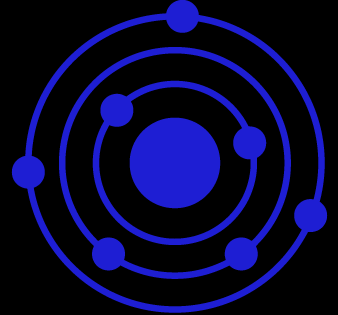The stereotype of the lonely scholar working monk-like in a corner of the library can be put aside. Most academics now work with computers, accessing journals, writing or revising manuscripts and emailing papers and comments back and forth. The world has become much more interactive and this has changed the nature of academic research, including authorship. In many academic disciplines, collaboration has become the norm in recent decades: in many physical and social sciences, sole authorship of research papers is now unusual. For example, in the American Economic Review, a leading economics journal, coauthorship went from less than 20% in 1958 to 75% in 2008. Percentages are even higher in the physical sciences. And the frequency of citation of coauthored scientific research also tends to be greater: thus Blaise Cronin recently wrote that “bluntly stated, teams trump soloists when it comes to scientific output and impact.” But coauthorship in many arts remains rare. Recent scholarship on collaborative science has clarified its advantages and disadvantages (strengths and weaknesses). Combining this analysis with recent trends in advanced art, we predict that collaboration in visual art will become increasingly common in the near future.


